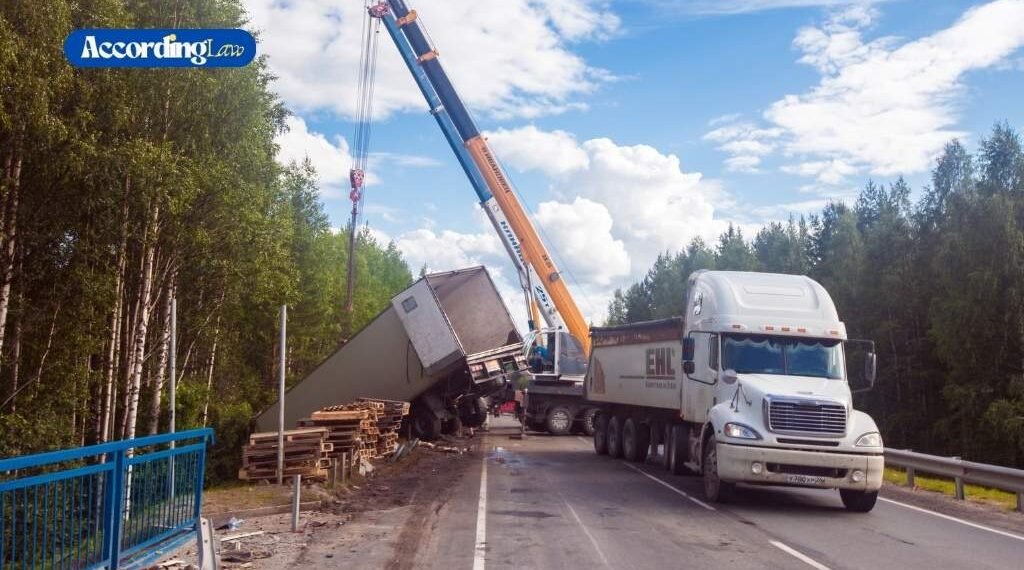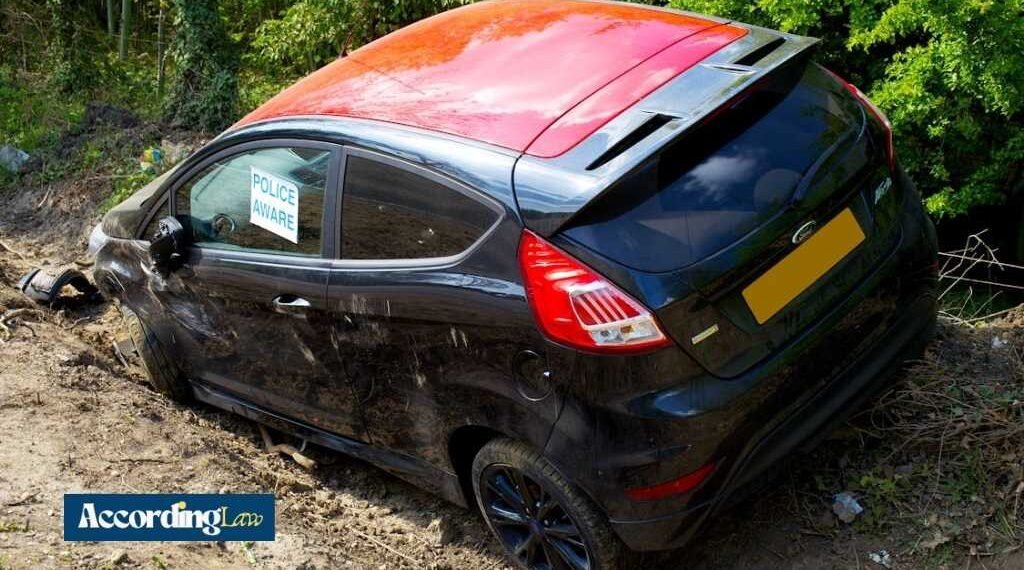For Columbus residents, severe traffic incidents, flashing lights and extensive shutdowns on Interstate 71 and 70, are frequent occurrences. Many of these crashes involve semi-trucks, leading to devastating multi-vehicle pile-ups and serious injuries.
High-profile incidents, such as a multi-vehicle crash involving a semi on I-71 near downtown Columbus that hospitalized three people, confirm the inherent risk on these major arteries. For those involved, the aftermath necessitates immediate answers to complex legal and financial questions: How is fault proven against a large trucking corporation? What are the rights of an individual when a commercial driver’s actions cause life-altering harm? Understanding these incidents’ legal framework is the first step toward seeking justice.
Table of Contents
A Dangerous Trend on Columbus Highways
The high frequency and severity of collisions on Columbus-area interstates are supported by statistics, consistently placing the region among the state’s most hazardous driving areas. Local commuters regularly face severe backups and shutdowns due to multi-vehicle crashes involving commercial vehicles.
The gravity of the local situation is confirmed by official data from the Ohio State Highway Patrol (OSHP), which reported that there were 1,150 fatal traffic crashes resulting in 1,242 deaths in Ohio. Franklin County alone recorded 118 traffic fatalities in 2023, the highest number of any county in Ohio. Furthermore, major Columbus highways are primary crash sites: I-70 saw 668 crashes, and I-71 saw 566 crashes in 2023. This documented pattern of high-volume collisions involving commercial vehicles on key interstate segments puts every area driver at risk and raises urgent questions about road safety and commercial oversight.
Untangling Liability: Identifying All At-Fault Parties
Determining legal responsibility in a commercial truck collision is significantly more complex than in a standard car accident. While the driver’s negligence is central, liability often extends to multiple corporate entities and third parties. A practical investigation must examine the systemic failures and corporate decisions that led to the crash, not just the driver’s actions.
Expanding the Scope of Accountability
A commercial driver is typically one link in a larger operational chain. The trucking company, or motor carrier, can be liable for negligent hiring (failing to vet a driver’s safety record), inadequate training, maintaining vehicles properly, or pressuring drivers to violate safety regulations to meet deadlines. Additionally, the cargo loader or shipper may bear responsibility if an improperly secured or unbalanced load shifts and causes the vehicle driver to lose control. In other cases, a third-party maintenance facility or the vehicle’s manufacturer could be at fault due to shoddy repairs or a defective part leading to mechanical failure.
Proving fault requires securing and analyzing specific evidence, much of which can be lost or destroyed if not preserved quickly. Key evidence includes:
Accountability begins with the truck driver (liable for speeding, distraction, or fatigue), established through logs and toxicology reports. Liability extends to the trucking company for negligent policies or poor vehicle maintenance, proven by the company’s safety and maintenance logs. Responsibility may also rest with the cargo loader or shipper for improper loading, which can be investigated using weight tickets and manifests. Finally, the vehicle manufacturer can be implicated if a defective part caused the failure, established through expert analysis and recall notices.
Key Legal Issues and Federal Oversight
Victims of truck accidents in Columbus must contend with specific legal issues, including federal regulatory standards and state liability rules.
Federal Trucking Regulations
The trucking industry is strictly governed by safety rules established by the US Federal Motor Carrier Safety Administration or the FMCSA. Violating these standards often provides robust evidence of negligence in a personal injury claim.
The FMCSA’s Hours-of-Service (HOS) regulations are most critical, as they prevent driver fatigue by limiting driving hours. The FMCSA’s foundational Large Truck Crash Causation Study (LTCCS) reported that 13% of commercial motor vehicle drivers were found to be or considered fatigued at the time of their crash. Proving an HOS violation through driver logs can establish a direct link between the carrier’s practices and the resulting accident.
Fault in Multi-Vehicle Wrecks
The chain-reaction nature of crashes on I-71 and I-70 complicates determining fault. In Ohio, the doctrine of modified comparative negligence applies. This rule allows accident victims to recover some damages even if they are partially at fault, provided their share of the blame is 50% or less. The total compensation award is reduced by their percentage of fault, a critical factor in multi-car incidents where liability may be shared among several drivers.
Why Immediate Legal Counsel is Crucial
The time immediately following a serious truck accident is critical for protecting legal rights. Trucking companies and insurers often dispatch teams of investigators and attorneys to the scene within hours to control the narrative and minimize their financial liability. This places injured victims at an immediate and significant disadvantage.
For those facing an interstate collision, securing the representation of a skilled Truck Accident Lawyer in Columbus, OH is paramount. For instance, lawyers at Rinehardt Injury Attorneys understand that the legal clock is ticking from the moment the crash occurs. The firm recognizes that critical evidence like black box data and driver logs can disappear quickly, and that trucking companies have teams ready to protect their interests within hours.
For victims, having an experienced legal advocate to preserve evidence and navigate these complex federal and state laws is essential for securing justice. The depth of their experience in handling cases involving state tort law and intricate FMCSA regulations is invaluable for victims seeking compensation for their medical expenses, lost salaries or wages, and pain and suffering.
Road to Recovery After a Columbus Truck Accident
Franklin County’s high rate of traffic fatalities, combined with the constant risk of truck-involved accidents on Columbus’s interstates, underscores the need for vigilance. The aftermath of a crash requires navigating a complex legal landscape where fault involves multiple parties. Proving a case demands a swift investigation to secure critical evidence. Federal regulations, particularly driver fatigue, are pivotal in establishing negligence.
After seeking immediate medical attention, the most crucial action is to consult a legal professional specializing in commercial vehicle accidents. Protecting one’s rights and securing compensation to rebuild a life requires dedicated and knowledgeable advocacy.


